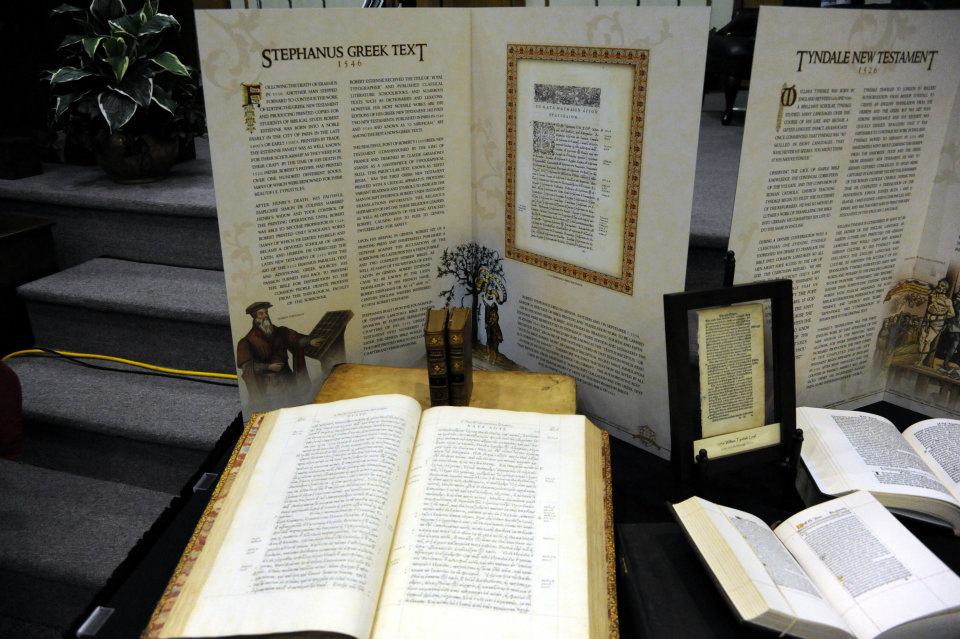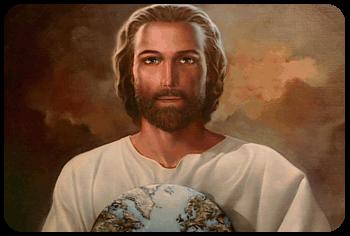|
**List: Mongolian Ministry
Bible ( Библи )
**File: Mongolian--Other Bible History
Mongolian: Literary...
"Mongolian is spoken in several forms throughout
the vast,
sparsely populated People’s Republic of Mongolia (with a
population exceeding 1.1 million), and by enclaves in the Soviet
Union and in Chinese Inner Mongolia,
Sinkiang, Ninghsia, and
Tibet. It is estimated that
Mongolian in all its forms is spoken by
more than 3,250,000 people.
Although the Mongolian people came into historical promin-
ence only in the 13th century, when they were united by Genghis
Khan, it is conjectured that some of the Huns, who ravaged 4th
century Europe, and the Kitan (Khitan), who in the 10th century
established a dynasty in Manchuria, were
Mongols. By about
the year 1260 the sons of Genghis Khan ruled an empire that
spread from Korea to Hungary. The Mongols were known
as
Tatars (with the Turkish people who joined them) and
Mogols
(in India). During the 14th to
16th centuries the Mongol Empire
declined and disintegrated, and the Mongols lapsed into Central-
Asian obscurity.
The official language of Mongolia is
Khalka Mongolian. Literary
Mongolian is not a spoken tongue, but a written language which,
like literary Arabic, reflects an
earlier form of the language. This
‘higher and purer’ form came into use as the administrative
language of the Mongol Empire. It was written in a modifica-
tion of the Uigur alphabet, which in
turn was based on the
Syrian writing introduced into Eastern Asia in the 6th or 7th
century by Nestorian mies. Distinct historical periods
can be noted in its development (Classical and Middle Mongol-
ian), and the modern literary language in use in the People’s
Republic is based on the Khalka usage, although it still differs
considerably from the vernacular. Although originally written
horizontally, the 30 letters of the Mongolian alphabet are now
read vertically, left to right." --1000 Tongues, 1972 [Info
only]
"The book-language of the
natives of Mongolia, a higher and purer form
than the dialects. Reduced to written form by the Lamas Saskya Pan-
diat, Phags-pa Lama and Tshoitshi Odser in the 13th century, developed
from the Syriac brought to Asia by the
Nestorian mies. in the 7th
or 8th centuries." --1000 Tongues, 1939 [Info only:
Nestorians?]
|
"First publication, St.
Matthew’s and St. John’s
Gospels in 1819 at St. Petersburg by the Russian Bible Society; tr. by
I. J. Schmidt and two Mongols, Badman and Nomiu. New Testa-
ment, 1827 (apparently never circulated)."--1000
Tongues, 1939 [Info only]
|
LITERARY MONGOLIAN 639--1000 Tongues, 1939 [Info only:
Mongolian characters "1819" Book ch:v unknown.]
Mongolian Character unless noted
"1819 Matthew John 1820-
1821 Mark Luke Acts
Russian BS, St. Petersburg
Translated by I. J. Schmidt, a merchant who worked closely with
Moravian mies., and Badma and
Nomtu, Buriat Mongols. In
1827 the N.T. was printed in St. Petersburg, but was apparently
withheld from circulation."--1000 Tongues, 1972 [Info only]
|
"The Pentateuch, BFBS,
Selenginsk, 1836; tr. by Edward Stallybrass, William Swan, and Robert
Yuille of the LMS. Psalms, ABS, St. Petersburg, 1836; Old Testa-
ment, BFBS, 1840. New Testament (in Manchu characters),
London,
1846; (reprinted, St. Petersburg, 1880). In 1835 ABS
sent $1200 to
St. Petersburg to aid in these translations." --1000 Tongues, 1939
[Info only]
|
LITERARY MONGOLIAN 639A--1000 Tongues, 1939 [Info only:
Manchu characters "1846" Book ch:v unknown.]
"1836 Pentateuch 1840 Old
Testament BFBS, Selenginsk
Translated by Edward Stallybrass, William Swan, and Robert
Yuille, London MS. The O.T., issued in parts,
was completed in
1840."--1000 Tongues, 1972 [Info only]
|
"1846 New Testament
(Manchu character) BFBS, London
Translated by Edward Stallybrass and William Swan. A slight
re-
vision, prepared by Antoine Schiefner and Alexis Pozdneyeff (in
Mongolian character), appeared in 1880, BFBS, St. Petersburg.
It was
often reprinted, both complete and in parts."--1000 Tongues, 1972
[Info only:
MANCHU CHARACTER "1846" Mark 1:2 unknown.]
|
"The New Testament of Our Lord and Saviour Jesus
Christ, tr. out of the original Greek into the Mongolian language, by Edward
Stallybrass and William Swan, for the British and foreign Bible society.
(London, Printed by W. Watts, 1846)" [Info only]
https://catalog.hathitrust.org/Record/007911779
"The New Testament of our Lord and Saviour Jesus
Christ; tr. out of the original Greek into the Mongolian language, by Edward
Stallybrass and William Swan for the British and foreign Bible society. (St.
Petersburg, British and foreign Bible society, 1880)" [Info
only]
https://catalog.hathitrust.org/Record/006212219
"Larson-Amblad version:
Gospels and Acts, BFBS, Shanghai (Yokohama printed) 1911;
revised
from the Stallybrass-Swan version by F. A. Larson,
of the BFBS, and
A. F. Amblad of the Scandinavian Alliance aided by Ponsok Searim.
CP: BFBS."--1000 Tongues, 1939 [Info
only]
|
"1911 Gospels Acts BFBS,
Shanghai
A revision by F. A. Larsen, BFBS, and A. G. Almblad, Scandi-
navian Alliance Mission."--1000 Tongues, 1972 [Info only:
?]
|
"1940 Matthew Mark ABS,
BFBS, Shanghai
1948 Matthew-Luke China Bible House, Shanghai
1952 New Testament Hong Kong Bible House
A revision begun by Joel Eriksson and Gerda Ollen, Swedish Mongol
Mission, with the assistance of Daste Djub, and completed by S. J.
Gunzel, The Evangelical Alliance Mission, Erren Chin Dortchi,
Mattai, and other Mongolians."--1000 Tongues, 1972 [Info
only:
MONGOLIAN CHARACTER "1948" Mark 1:2 unknown.]
|
**:File: Mongolian Bible History (3)--1860
S. Bagster [Info only]
**File: Mongolian Critical Text History
|

